When you’re bothered by the howling of a canine, you may think that it’s a fox. You may be right, as foxes can be everywhere.
Foxes can be found almost throughout the Northern hemisphere. They’re in the Arctic Circle, Central America, Northern Africa, and Central Asia. Specifically, they’re in the countries of Australia, Canada, Great Britain, Iceland, Mexico, Norway, Russia, and the United States.
So, foxes have different adaptations as well as looks. Species native to a certain country can be easily distinguished from the ones that live in another country. Read on to learn more.
Table of Contents
Where Do Foxes Live?
Asia
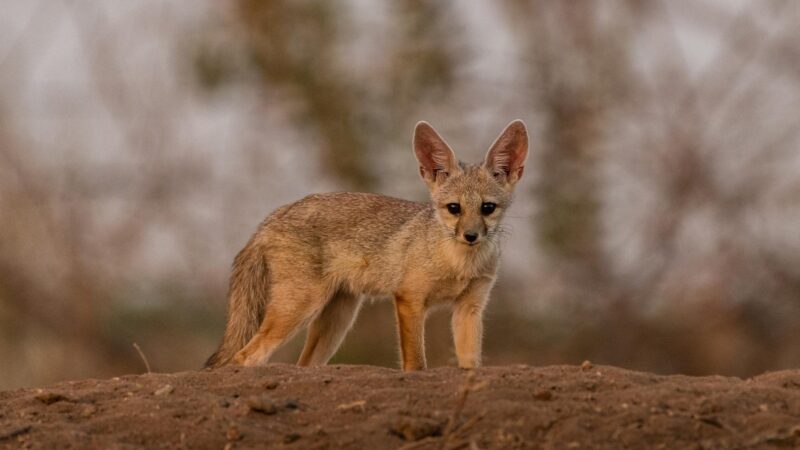
Indian fox or Bengal fox is rampant from Southern India to the Himalayan foothills. Generally, this fox prefers to inhabit scrub forests or semi-arid thorn forests and open grasslands.
Although it’s not an endangered species, there are threats to its survival, like diseases, hunting, habitat protection, and capture.
Meanwhile, red foxes in South Korea are considered endangered due to poaching and the drastic destruction of their habitats.
Hence, a red fox restoration project was made, and this also led to the study of red fox specimens in comparison to the red foxes of the neighboring countries of South Korea.
The semi-deserts and deserts of Central Asia are the homes for the Corsac fox. It also occupies grassy steppes and avoids mountainous areas and places with thick vegetation. This is yellowish and grayish but becomes straw gray in winter. Also, its coat becomes thicker and silkier in the cold season.
Africa

Fennec foxes are found in North Africa and the Sahara Desert. They’re nocturnal creatures as they avoid the desert heat. To keep them cool, the bat-like ears of these foxes radiate.
They have long, thick hair all over their body and feet to protect them from the searing heat and protect them from cold nights.
Rüppell’s foxes are also found in the semi-desert of North Africa. Just like fennec foxes, they have long ears to cool themselves. The adult of this species is larger than the fennec foxes. The conservation status of both species is the ‘least concern.’
Arabia
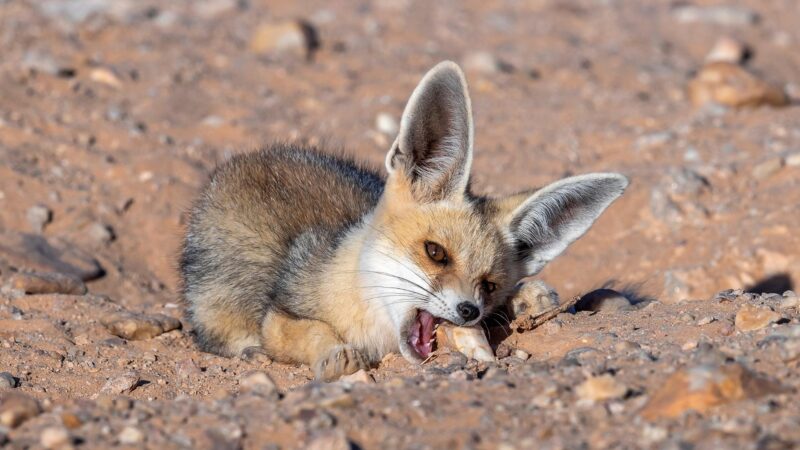
Since fennec foxes and Rüppell’s foxes prefer to live in semi-deserts and deserts, they’re widely distributed in the Arabian Peninsula.
Since no regulations are protecting the native carnivores that dwell in the Arabian land, Rüppell’s foxes become prey to the use of poison and hunting. Some of them were hung on the road sign lifeless.
Australia

The European red fox was introduced in Australia in the mid-1800s for recreational purposes. They occupied the alpine, arid, and urban areas. However, the population of some native animals in Australia declined due to the preying habits of these foxes.
Furthermore, significant losses in the economy also occurred as foxes prey on poultry, newborn lambs, and kid goats. At first, bounties are paid to those who hunt foxes in the wild, but this method is not effective.
The Australian government continues to work on the control of these foxes. Fencing and poison baits are utilized. Countermeasures are also formulated, like protecting threatened animals and plants, which foxes also sometimes eat.
Canada

The red fox, gray fox, and Arctic fox inhabit Canada, where the government protects their habitats. In the case of the red fox, it has a protected habitat of 5,297 hectares in Saskatchewan and 22 hectares of coastal forest and salt marsh beside the Enmore River.
The elusive gray fox occupies farmlands, old fields, and forests of Manitoba and Ontario. It’s also found in Middle Point Woods, a part of Pelee islands, where researchers observe them.
Arctic foxes are in a harsh environment with freezing temperatures, but they can survive through a diverse diet.
These foxes are found in Yukon, where Vuntut National Park is, established as protected land. They’re also in Ellesmere Island, the island of Newfoundland, and James Bay.
Iceland
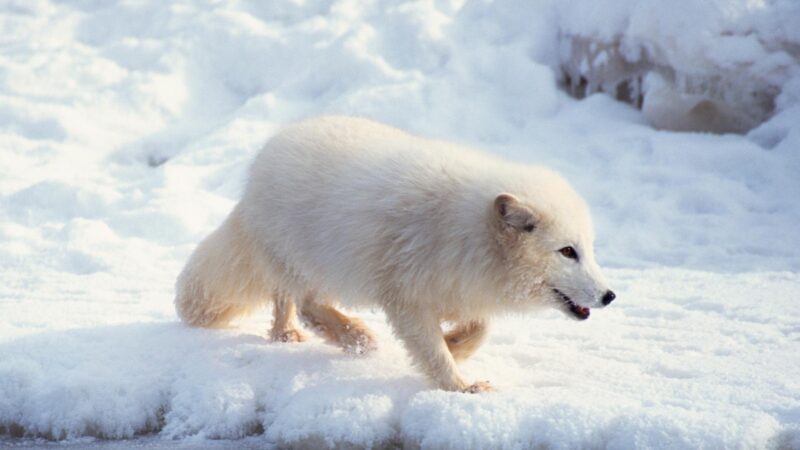
The Arctic foxes that live in Iceland are territorial. Their diet primarily consists of birds due to the unavailability of lemmings. Specifically, these Arctic foxes feed on rock ptarmigans and guillemots. These birds are known as high-altitude species, so a warming climate is harmful to them.
The negative predictions have already started as there’s alternation in the abundance, distribution, feeding habits, and breeding behavior of the said birds.
Therefore, these can be a threat to the sustainability of the Arctic foxes in Iceland. Nonetheless, there may still be hope as these foxes can find other prey species like geese.
Great Britain
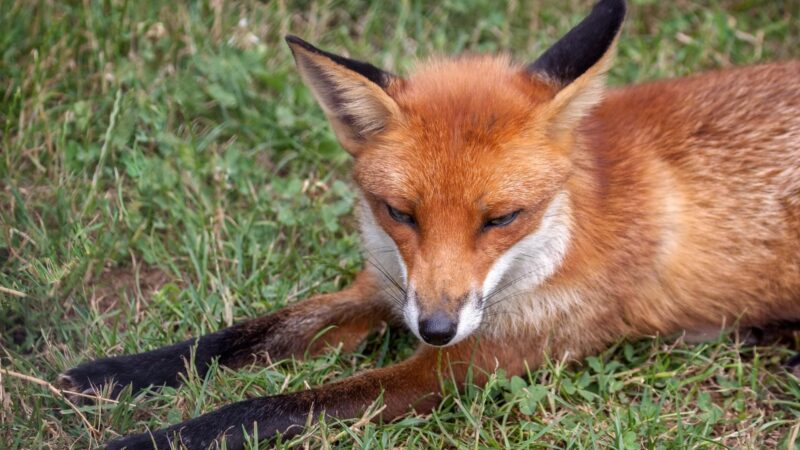
It’s undeniable that human-wildlife interactions have become widespread around the world. An example of this is how red foxes dominate even the urban cities in Great Britain.
It began in the 1930s, and it’s still a concern of the locals as these animals can stay in a yard if they can find a food source.
Since foxes are considered wild, people are worried about getting bitten, especially babies. It’s believed that foxes depend on auditory cues when hunting for prey. An experiment was conducted to prove this.
However, the foxes didn’t show aggression. Instead, they approach the source of the sound cautiously. This action shows that they’re just curious and investigative.
Foxes would rather attack adults. One of the many reports from British media is that a woman was attacked by a fox while she was sleeping southwest of London. She got bitten on the biceps resulting in six puncture wounds.
United States

The species found in the United States are red fox, gray fox, Arctic fox, and kit fox. The fossils of red fox found in the country were dated back before the arrival of Columbus. The red fox is found in every state except Florida.
The kit fox is the smallest in North America and dwells in the plains and deserts of the United States. These foxes are viewed to carry diseases, prey on domestic animals, and put humans in danger, even though the foxes become accustomed to human activities and are less aggressive.
Mexico

Since kit foxes prefer to inhabit arid regions like chaparral, grasslands, and desert scrub, they’re found in Baja California, Nueva Leon, Coahuila, and Chihuahua. Gray foxes also find their home in rocky and wooded areas of Mexico.
Gray foxes in Mexico have a sympatric relationship with coyotes. They’re both opportunistic, but they differ when it comes to trophic diversity, as coyotes are after larger prey. These animals may share a common diet, but the proportion and frequency depending on the season are not similar.
Norway
The Arctic foxes in Norway are mainly found in Svalbard, one of the Northernmost inhabited areas in the world. It’s situated in the middle of the North Pole and mainland Norway. Foxes in this area indulge in scavenging during winter.
This is not a good activity as some of them ingest human litter and plastic. Based on a study, there’s only 15% which means low frequency, or it’s 3 out of 20 foxes.
But the experts don’t regard it as an immediate threat. On the other hand, some Arctic foxes are affected by rabies brought by foxes from Russia that traveled through sea ice.
Russia
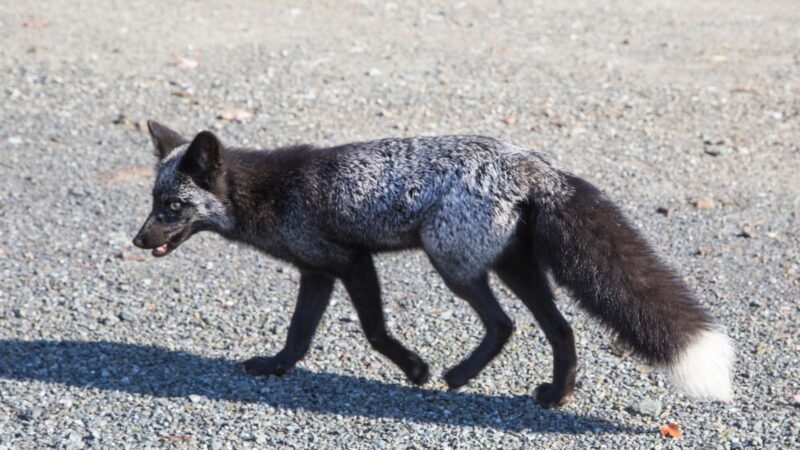
Russia is the pioneer of domesticated foxes. The process involves farm-bred silver foxes that take place in Novosibirsk, a city in Siberia in Southern Russia. It started in 1958 as an experimental study led by Dmitry Belyaev.
The focus was the ‘domestication syndrome,’ but they discovered that being aware of the human-developed environment is also essential. It took them 60 years to reach their goal of creating domesticated foxes. You can get it as a pet for $8,000 each.
Habitats Where Foxes Live
Foxes of various species occupy a wide range of habitats which is from forests, prairie, mountains, farmlands, and even urban areas to tundra and deserts. Some of them live 4,500 meters above sea level.
Frequently Asked Questions
Do Foxes Live in Ireland?
Foxes live in Ireland, but the distribution throughout the country varies. Most of them will likely stay in an area that offers shelter and food. They’re not legally protected as these animals are seen as a nuisance that attacks poultry. Hence, they’re hunted for recreation and pelts.
How Long Do Foxes Live?
Foxes can live up to 12 to 15 years.
Do Foxes Live in the UK?
Foxes live in the UK, and they even become city-dwellers. This situation has been documented since the 1930s. In 2017, the total population of foxes in the UK is 150,000. The count decreased by 42% the following year without a specific cause.
Do Foxes Live in New Zealand?
There are no foxes in New Zealand. The country listened to the advice of Australia, a sister colony, to not import foxes as these animals are a threat to the lambs.
Do Foxes Live in Hawaii?
There are no foxes that live in Hawaii. Only the elephant seal and the monk seal are the native mammals in the state.
Summary
Upon knowing the habitats and locations of various fox species, it shows that they’re in different corners of the world except for a few countries. Every species prefers the same type of habitat even though they’re on different continents or countries. Some of them even started to adapt to the human environment, so don’t be surprised to see one in your yard.
List of Sources
Fox, D. L. (2007). Vulpes vulpes. Animal Diversity Web.
Yu, J. N., et al. (2012). Insights into Korean red fox (Vulpes vulpes) based on mitochondrial cytochrome b sequence variation in East Asia. Zoological science.
European Red Fox (Vulpes Vulpes). Australian Government – Department of Sustainability, Environment, Water, Population and Communities.
Jordan, M. (2016). A Review of Climate Change Induced Effects on Avian Prey Species and their Consequences for Arctic Fox Populations of Western Iceland. Independent Study Project (ISP)
Rodríguez-Luna, C. R., Servín, J., Valenzuela-Galván, D., List, R. (2021). Trophic niche overlap between coyotes and gray foxes in a temperate forest in Durango, Mexico. Plos One.
